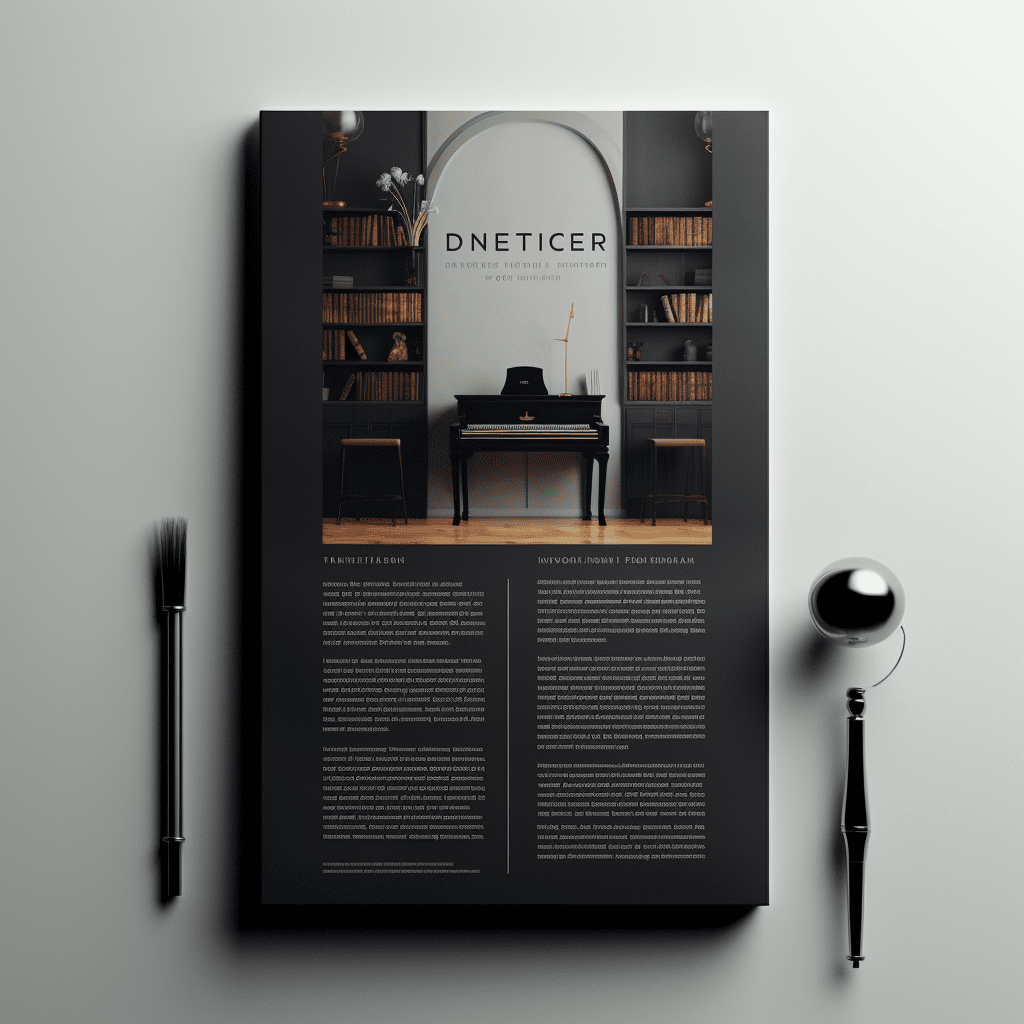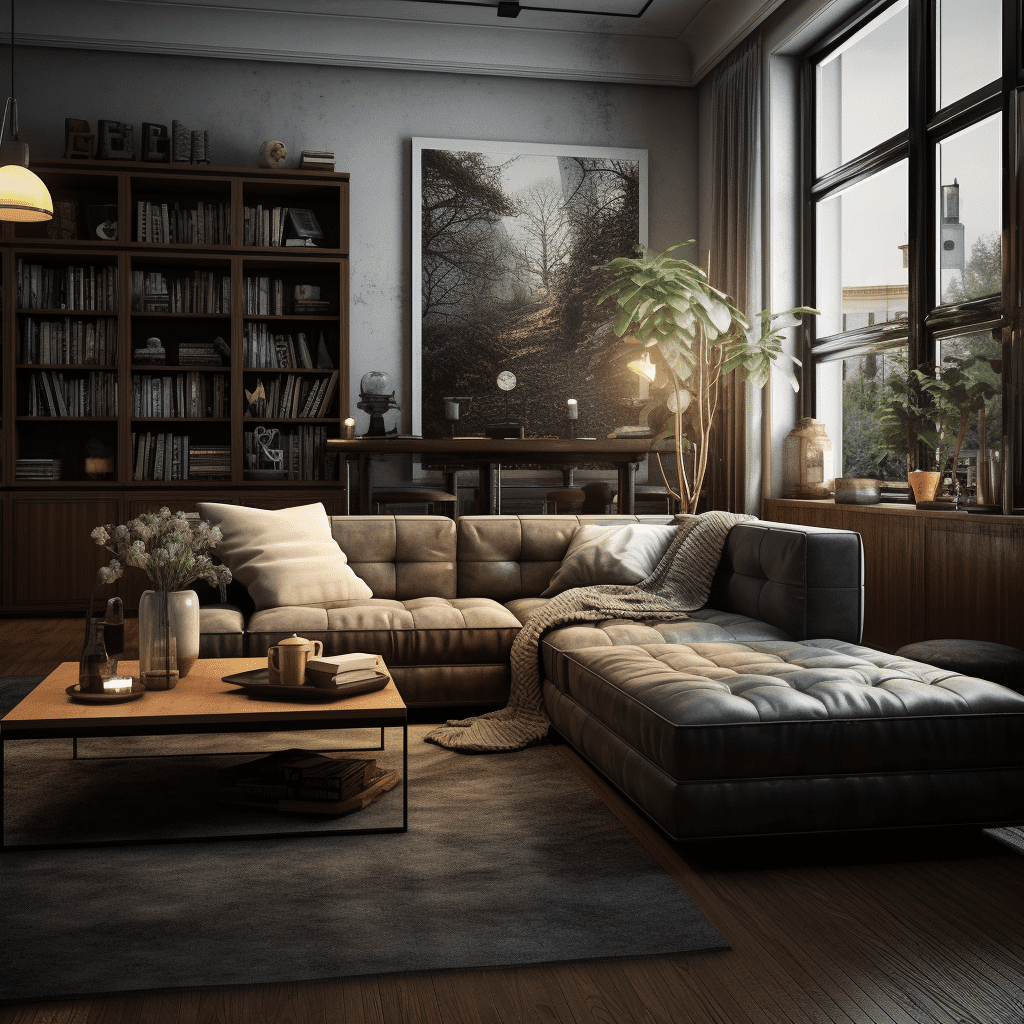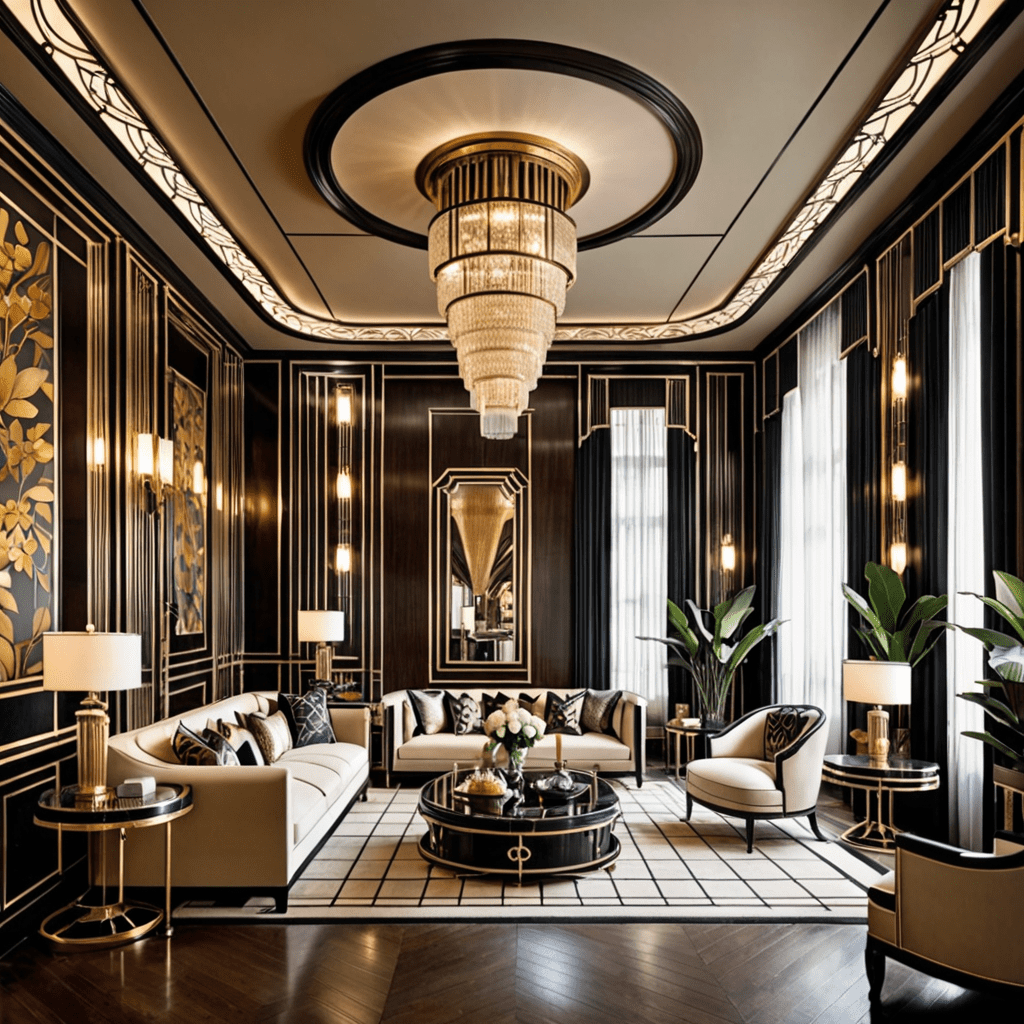Discover the Timeless Elegance of Renaissance-Inspired Interior Design


Discover the Timeless Elegance of Renaissance-Inspired Interior Design
1. Understanding Renaissance Interior Design
The Renaissance era, spanning from the 14th to the 17th century, was known for its exquisite art, architecture, and cultural revival. Renaissance interior design draws inspiration from this period, seamlessly blending classic elegance with contemporary elements to create a timeless and opulent living space.
2. Key Elements of Renaissance Interior Design
Renaissance interior design embraces several key elements that define its distinct style:
- Ornate Details and Decorative Accents
- Rich Colors and Luxurious Fabrics
- Symmetry and Harmonious Proportions
- Classical Motifs and Artworks
- Elaborate Flooring and Ceiling Treatments
- Statement Furniture Pieces
- Grand Chandeliers and Lighting Fixtures
3. Creating a Renaissance-inspired Living Space
To bring the elegance of Renaissance interior design into your home, consider incorporating the following elements:
- Choose Warm and Rich Color Palettes
- Focus on Exquisite Details and Accents
- Use Luxurious Fabrics and Upholstery
- Opt for Classic and Timeless Furniture Pieces
- Embrace Symmetry and Balance in Your Layout
- Invest in Statement Lighting Fixtures
- Incorporate Renaissance Art and Decorative Pieces
4. Balancing Renaissance Design with Modern Aesthetics
Renaissance interior design can be successfully blended with modern aesthetics to create a unique and eclectic living space. Consider the following tips:
- Mix Classic Renaissance Elements with Contemporary Furniture
- Combine Rich Fabrics with Clean Lines
- Integrate Renaissance Art alongside Modern Artworks
- Play with Contrasting Colors and Textures
- Create a Seamless Flow Between Traditional and Modern Spaces
5. Maintaining Your Renaissance-inspired Home
To keep your Renaissance-inspired home looking its best, consider the following maintenance tips:
- Regularly Dust and Clean Ornate Decorative Accents
- Vacuum and Carefully Clean Elaborate Flooring
- Polish and Maintain Furniture for Longevity
- Clean Chandeliers and Lighting Fixtures
- Preserve and Protect Renaissance Art pieces
- Periodically Inspect and Update Upholstery and Fabrics
- Maintain Symmetry and Balance in Your Design
6. Finding Inspiration for Renaissance Interior Design
To gather ideas and inspiration for your Renaissance-inspired interior design project, consider the following sources:
- Visit Museums and Art Galleries with Renaissance Art
- Explore Renaissance Architecture and Historic Buildings
- Read Books and Articles on Renaissance Design
- Follow Interior Designers Specializing in Renaissance Style
- Browse Online Platforms and Social Media for Inspiration
FAQ – Frequently Asked Questions
1. Is Renaissance interior design suitable for small spaces?
Yes, Renaissance interior design principles can be adapted to suit small spaces. Opt for lighter color palettes, utilize smart storage solutions, and focus on incorporating key elements that evoke the Renaissance style.
2. Can Renaissance interior design be combined with other design styles?
Absolutely! Renaissance interior design can be blended with various design styles, creating a unique and personalized aesthetic. Experiment with mixing Renaissance elements with modern, rustic, or eclectic styles to achieve a harmonious fusion.
3. What are the common color schemes used in Renaissance interior design?
Common color schemes in Renaissance interior design include warm and rich hues such as deep reds, burgundies, golds, greens, and earthy tones. These colors evoke a sense of opulence and luxury.
4. Are there any specific materials or textures that are commonly used in Renaissance interior design?
Yes, Renaissance interior design often incorporates materials such as marble, stone, wood, and tapestries. Textures such as intricate carvings, ornate fabrics, and elaborate patterns are also prevalent.
5. Can I incorporate Renaissance design elements in my kitchen or bathroom?
While Renaissance interior design is commonly associated with living spaces and bedrooms, there is no reason why you can’t incorporate Renaissance elements in your kitchen or bathroom. Consider ornate cabinetry, luxurious textiles, and classic color palettes to infuse a touch of Renaissance elegance.
6. Where can I find authentic Renaissance-inspired furniture and decor?
Authentic Renaissance-inspired furniture and decor can be found in antique stores, auctions, and specialty interior design boutiques. Alternatively, there are many quality reproductions available that capture the essence of Renaissance design.





